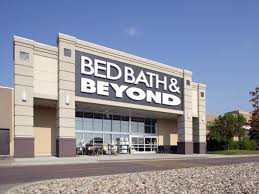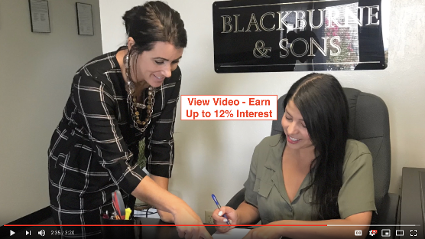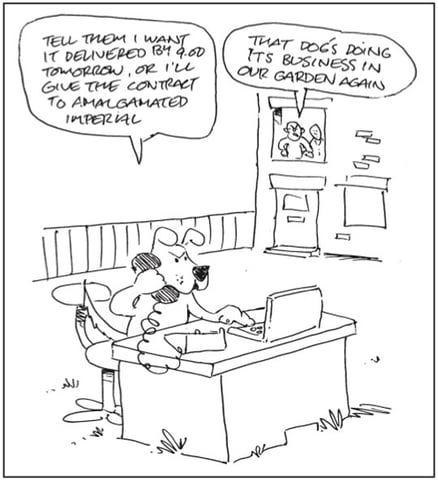Only Three Kinds of Commercial Lenders Are Left
Do you need to find some commercial lenders right now? You can submit your commercial mortgage mini-app to 750 different commercial lenders in just four minutes using C-Loans.com. And C-Loans is free!
Before the Great Recession, there were eight different kinds of commercial lenders - life companies, conduits, commercial banks, savings and loan associations (S&L's), mortgage REIT's, finance companies, thrift & loan associations, and hard money lenders. Today all but three of these classes of commercial lenders are kaput.
- Life companies - The life companies were always the most conservative of the commercial lenders. They seldom made loans higher than 55% to 60% loan-to-value. As a result of their great caution, this class of commercial lenders is still standing. Life companies make about 10% of all commercial loans, but their loans are much larger ($5 million minimum) and much more conservative than the rest of the commercial lenders.
- Conduits - Off all commercial lenders, the conduits were the most active. A conduit was a mortgage company that originated and inventoried fixed rate commercial loans for eventual sale to the commercial mortgage-backed securities market. At their zenith, they were originating over 50% of all commercial mortgage loans. Unfortunately in 2008 the secondary market for CMBS loans evaporated. Poof. It disappeared completely. No conduit loans are being originated today at all. This class of commercial lenders has disappeared off the face of the earth.
- Commercial banks - The largest surviving class of commercial lenders are the commercial banks. Banks will still make commercial loans, but at much lower loan-to-value ratio's and only to very strong borrowers.
- Savings and loan associations (S&L's) - S&L's were once very active commercial lenders. Today very few S&L's even survive, and those that did survive are not active commercial lenders.
- Mortgage REIT's - Even before the Great Recession, mortgage REIT's were not huge commercial lenders. I can think of only two surviving mortgage REIT's, and neither makes more than a handful of commercial loans annually. Essentially mortgage REIT's no longer exist as a class of commercial lenders.
- Finance companies - Finance companies borrowed their money from the bank at prime plus 1% an relent that money on riskier, complicated loans at prime plus 7%. Virtually all of the finance companies making commercial loans are now bankrupt.
- Thrift & Loans Associations - Not to be confused with S&L's, thrift and loan associations were a special kind of bank in California whose deposits were NOT insured by the FDIC. In the early 2000's, most of these commercial lenders failed. The rest converted to federally chartered savings banks.
- Hard money lenders - Private lenders will always make commercial loans. It's just that when private investors get scared, the rates goes up. A great many mortgage funds are being wound down, but hard money lenders are still exist as a class of commercial lenders.
Do you need to find some commercial lenders right now? You can submit your commercial mortgage mini-app to 750 different commercial lenders in just four minutes using C-Loans.com. And C-Loans is free!

 If you have a credit tenant and the lease is triple net,
If you have a credit tenant and the lease is triple net, 













